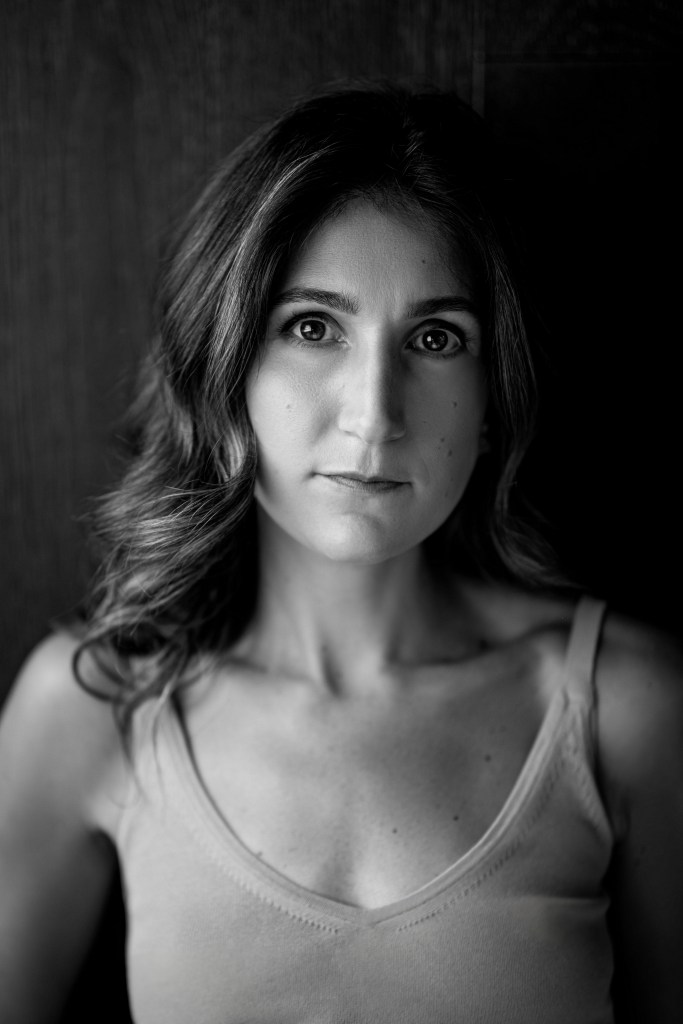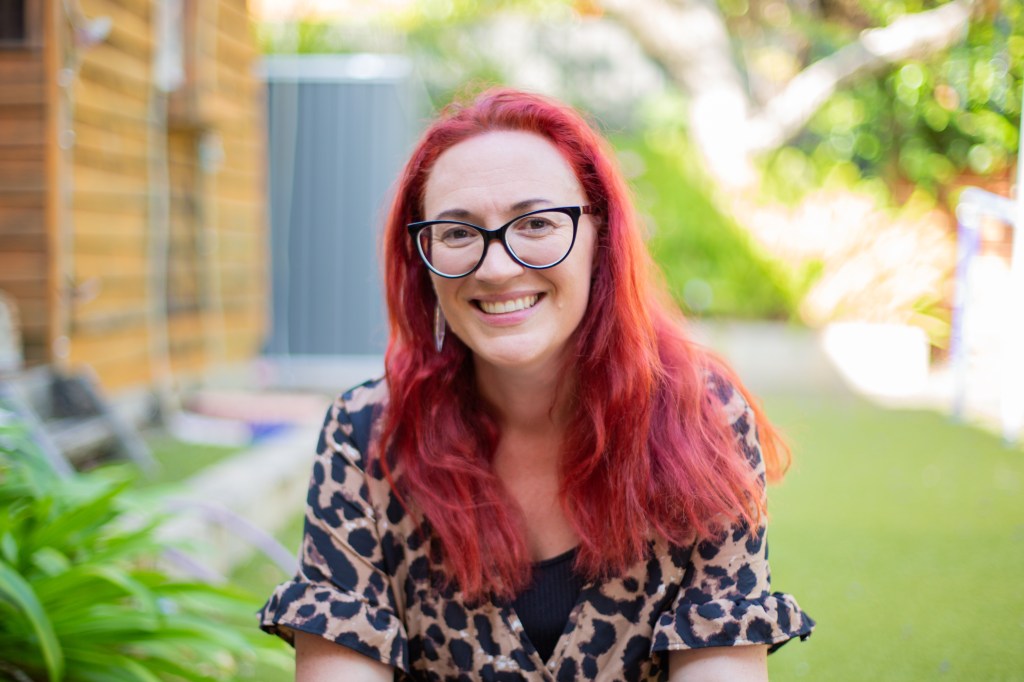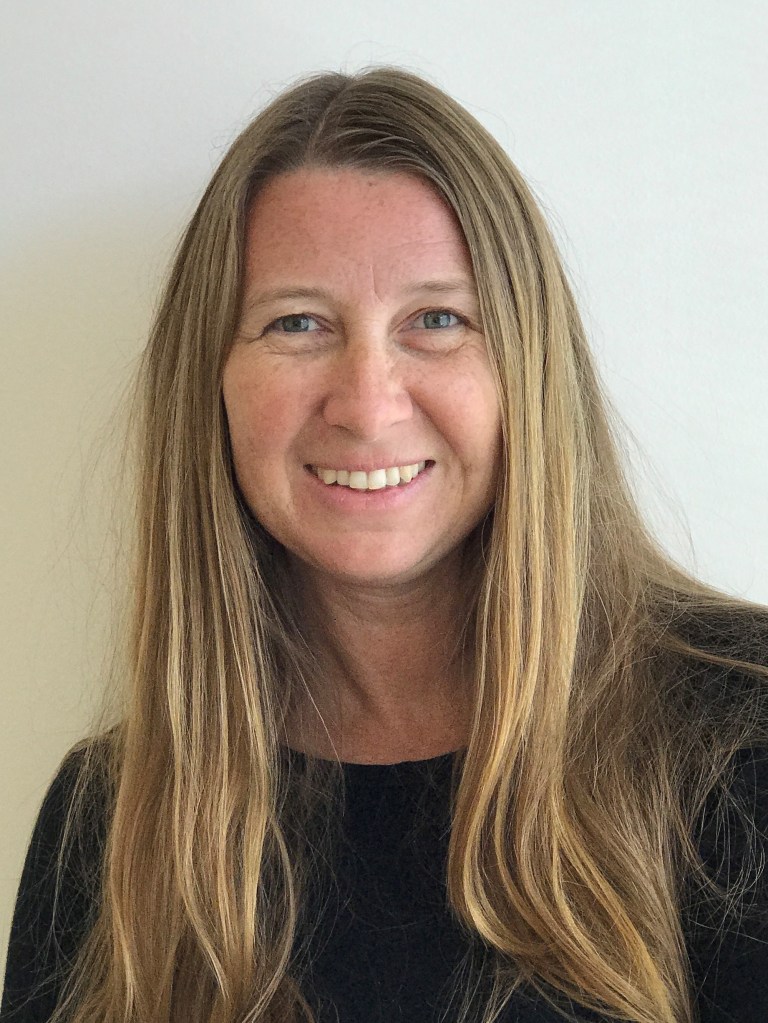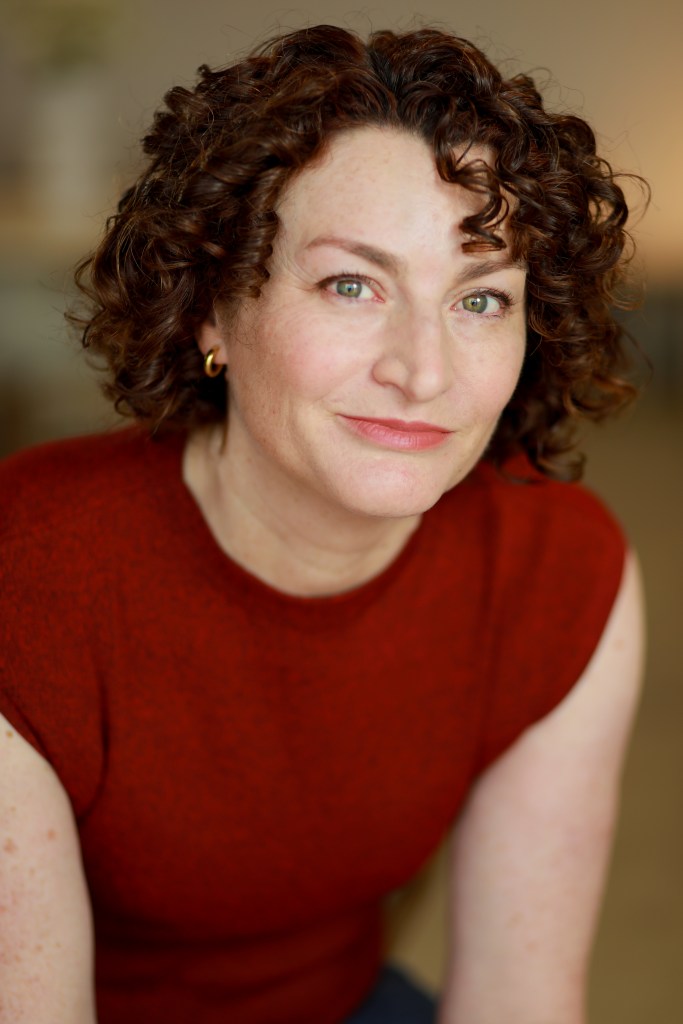It’s the stuff of dreams, you send off your unsolicited manuscript to one or more coveted publishing houses and, after a few months of silence (in some cases even sooner!), your work is picked up from the hundreds of others languishing in the mountainous slush pile, to begin its long journey to publication. Out of the many unsuccessful pitches to sieve through, occasionally publishers find gold. ArtsHub speaks to a number of authors and publishers about the lucky happenstance when a manuscript finds a home.
From manuscript to publication

Mark Smith’s debut novel, The Road to Winter, was discovered by Text Publishing (Melbourne, Australia). ‘I chose Text because they had a strong YA list and a genuine interest in the genre – as evidenced by the yearly Text Prize. I thought my manuscript would fit well with other titles they published. I had missed the deadline for the Text Prize that year, so decided to take my chances on the slush pile. Like a lot of other emerging writers I also had no idea how slim the chances were of being picked up off the slush pile!’ he tells ArtsHub.
‘I was very surprised (read, staggered) when Text made me an offer of a three-book deal and a large advance. As far as I knew, three-book deals were unheard of for a debut.’
Natasha Sholl, meanwhile, ultimately had success with Ultimo Press (Sydney, Australia), also for her debut book, a memoir, Found, Wanting. She originally set up a potential publisher spreadsheet to record the entire submission process. ‘No one hates Excel more than me, but it gave me some distance from the process (and the illusion of control). My theory was that if I had a rejection, it wouldn’t sting as much if I had a potential “yes” still in the works. It also meant that if a publisher requested the full manuscript, in the next cover letter I would include a note that Publisher X had requested the manuscript and it was now on general submission. It’s important for transparency, but a bit of FOMO can’t hurt either.’

Usually a response from publishers (if any) can take an age, but Sholl was fortunate to receive a speedy reply, ‘I sent my query to Ultimo Press on 1 March and received a request for the full manuscript on 4 March. I was expecting to wait months for any kind of response, so I was really shocked. It went to acquisitions a week or so later and, by the end of the month, I had a letter of offer.
‘I mean, the name “slush pile” doesn’t really imbue you with confidence, so my expectations were pretty low. There are so many different paths to publication that it took me a while to realise that this was it – this was my path. This thing I had been working towards was actually happening.’
Equally thrilled by the thought of publication is Lisa Kenway, whose psychological thriller, All You Took From Me, will be released next August. ‘Transit Lounge’s focus is on literary fiction, which is the main reason I hadn’t sent my work to them earlier. When I eventually took another look at the publisher’s website this year, I noticed that they were also seeking “upmarket genre writing such as psychological thrillers”, which encouraged me to submit my manuscript,’ she explains. It took a long time, however, for the manuscript to land on safe shores, after Kenway spent fruitless attempts trying to sell it to literary agents and other publishers via pitching opportunities through conferences and the Australian Society of Authors’ literary speed dating.
She decided, finally, to ‘take a chance in the slush piles of my favourite small publishers … after almost three years of submitting, it only took two and a half weeks for Transit Lounge publisher, Barry Scott, to email with an offer! I had to read Barry’s email several times before it sank in. After that I was straight on the phone to my husband to tell him the good news. By the time he answered, I was sobbing and incoherent.’

Unlike these other three writers who pitched novels and memoir, Shannon Meyerkort’s book is a non-fiction, illustrated kids’ book called Brilliant Minds: 30 Dyslexic Heroes Who Changed Our World, and consists of 30 short biographies of successful and inspirational people with dyslexia. It was picked up by Affirm Press through its usual submission process and published last October. ‘When my youngest daughter was diagnosed with dyslexia towards the end of 2018, I went searching for a book that would inspire her (and reassure me). I knew of people like Jamie Oliver and Richard Branson, and assumed there had to be a book out there about all the amazing people with dyslexia. When I realised there wasn’t, I decided to write it myself,’ says Meyerkort.
‘Luckily, Affirm saw the need for this book, because the other publishers rejected it. While not every publisher bothers to give a reason when rejecting your MS (manuscript), one that I was told was that it might not be commercially viable. This is despite the fact that there are four million school-aged children in Australia and it’s likely one in 10 has dyslexia. Affirm later told me that they publish a lot of books that might not be huge commercial successes, but that they consider special because they have heart.’
From the publishers’ point of view
MidnightSun (South Australia), a small independent publishing house, has been running for 11 years. Its managing director, Anna Solding, tells ArtsHub that the organisation picks up most of its publication titles from the slush pile, even if it means having to trawl through roughly 100 a week.

‘My readers trawl through all the manuscripts and pick the ones they like, which they pass on to me. For MidnightSun, it always comes down to the language. The words have to sing. If I love the submissions too, we’ll then all reread them and pass them around the office. If they are novels, we’ll ask the writer to send the full manuscripts (as we originally only ask for the first 20 pages).’
Robert Watkins has been publishing director at Ultimo Press for three years, but commissioning books for the last 12. He too estimates that Ultimo receives at least 100 unsolicited books monthly. He’s excited about an upcoming book that will be released next February, Abby Corson’s The Concierge, plucked from the slush pile. ‘I was impressed with Abby’s submission, not least because of the care she had taken in filling out our submission form – but also because of the care she had taken to really edit and refine the manuscript on her own, it was so accomplished! It’s such a fun manuscript.’
It’s been 10 years since Affirm Press (Melbourne, Australia) was founded as a full-time enterprise, although its publishing director and CEO Martin Hughes points out it had been publishing books for a few years before that. For its general list (i.e. not including kids), Affirm receives on average over 50 manuscripts a month. During his time, Hughes says he’s rescued and published many a manuscript, but he wants to note that his editorial staff do not refer it to as “the slush pile” anymore.
‘It’s disrespectful to describe the efforts of unconnected authors that way, but also we want everyone in the team to know that “unsolicited submissions”, as it is now called, can be a valuable source of content,’ he tells ArtsHub.

‘Two standouts from our finds include Alice Robinson and Pip Williams, who have become brand authors for us since they were discovered in unsolicited submissions. With Alice I grabbed the first couple of chapters from her debut novel, Anchor Point, on my way out of the office one weekend and spent the rest of the weekend wondering what happened to those characters, so was hooked.
‘Pip sent us a memoir about bringing her family to Italy in search of the good life. That piqued our interest in the first place because travel memoirs are a solid category, from unknown authors, so we sussed her out and got a good sense of how she’d be as a collaborator. We published this as One Italian Summer and it went pretty well in the trade but, more importantly, we realised that Pip was someone we’d be happy to work with again.
‘So when she told us she was writing a novel about women’s words being left out of the first Oxford English dictionary, we were supportive and keen to read it. That book was the international bestseller The Dictionary of Lost Words.
‘There is definitely an extra special bond with the authors we discover in unsolicited, and I cherish these relationships and they are of great heritage value to everyone at Affirm Press.’
Tips for submitting unsolicited manuscripts from writers
Smith recommends reading the publishers’ guidelines very carefully. ‘Check out other books in your genre they are publishing and see if your manuscript would be a good fit for them,’ he says. ‘Make sure the MS is as clean as it can be – less work for them to do to get it out into the world. Build your writing resumé prior to submission (where your writing may have been published – journals, magazines, anthologies – and any competitions you may have won or been shortlisted for). Highlight your successes in a short, one-page cover letter.
‘Then cross all your fingers and toes because beyond that there is a s**t-ton of luck involved. There may be dozens of manuscripts on the same slush pile and most of them will have taken the same steps you have, and their writing will be just as good,’ he adds.
Sholl suggests having your manuscript assessed by an editor prior to submitting: ‘Give a publisher as few reasons to say “no” as possible!’ She also points out that trying to sell your product is more than just about the manuscript. ‘Writing a query letter and synopsis is an art form,’ she says. ‘Research, research, research. There will be courses at your local writers’ centre on how to query agents and publishers. Find out all the tips and tricks. For example, your instinct may be not to include spoilers in your synopsis, but the opposite is true – reveal all!
‘Read submission guidelines closely. If they ask for Times New Roman, size 12 font, double-spaced, do that. Don’t do one bulk send and hope for the best. Have a strategy in place. A good rejection (if there is such a thing) may give you insight into how you can approach another query differently. Is your pitch off? Do you need to give your manuscript another edit?’
She adds, ‘Publishing can feel like a secret club that’s impossible to gain entry to (which can make you feel a little desperate), but remember that you’re choosing a publisher as much as a publisher might be choosing you.’

Kenway echoes the others in terms of advice. ‘Apart from the obvious tip to polish your manuscript and package before submission, do your homework,’ she says. ‘Is the publisher reputable? Would you be proud to be one of their authors? Become acquainted with the sort of books the publishing house produces and make sure your book fits their list. Don’t send a picture book to a publisher that only publishes for adults or a novel to a non-fiction imprint, but at the same time don’t self-reject.’
Meyerkort’s guide to increase your chances of acceptance is three-fold:
- Use the email or cover letter to demonstrate both your passion and personality. Publishers want relationships with authors, not books.
- Have a list of potential publishers, in your preferred order ready to go, so if you get a rejection from one, you already know who you’re submitting to next. It takes the emotion out of the decision.
- Move on to the next thing. Sitting around waiting can be like a creative (and emotional) time-suck; it’s best to have something to move onto.
Tips for submitting unsolicited manuscripts from publishers
For those planning to submit and to hopefully pass the rigorous test to publication, Solding recommends offering work that will surprise the editorial team.
‘After reading 10 picture book manuscripts about dogs and/or grandparents, reading one about a fish with anxiety or Ned Kelly as a kid can be a relief. For picture books, we love stories about diversity, the environment, friendships and discoveries. They can be quirky and fun or informative and historical stories. Middle-grade stories have to grab the reader quickly and never let go. YA has to be emotionally invested, whether it has a contemporary or fantastical setting. Adult fiction is harder to pinpoint but, as always, it comes back to the language. If it is well-written and has an interesting story that we haven’t read before, then we are keen.
Solding adds, ‘For a submission to really grab us, it has to be exquisitely written, have an interesting plot and strong main characters. If writers submit, we urge them to follow the guidelines and submit only one manuscript at a time (not one manuscript per email). They should never send a second one until they have heard about the first one. This has been a big problem in the past.’
Tailoring your submission to an individual publisher’s requirements is vital, emphasises Hughes. ‘It not only makes it easier for us to constructively engage with the material, but it also shows us that you are taking your manuscript seriously and, critically, that you have researched Affirm Press and our suitability as a publishing partner. If your submission is a mess, not tailored and has obviously been sent to every publisher at the same time, or is in a category or genre we don’t publish, we will just ignore it. That may sound harsh, but we have to work as efficiently as possible.’
Read: Decolonising the written word

Watkins’ advice to aspiring authors is, ‘Revise, revise, revise, and have some trusted peers read your work who will be honest and critical of it before you send. Don’t submit something that hasn’t been read by anyone but you.
‘Do look at the other books we publish – if you’re writing work that doesn’t feel in keeping with the rest of our publishing, don’t submit it to us. Think carefully about how you describe your work and why you think we’re the right publisher for you. That kind of effort is more likely to catch the eye of a keen commissioner.’
.





